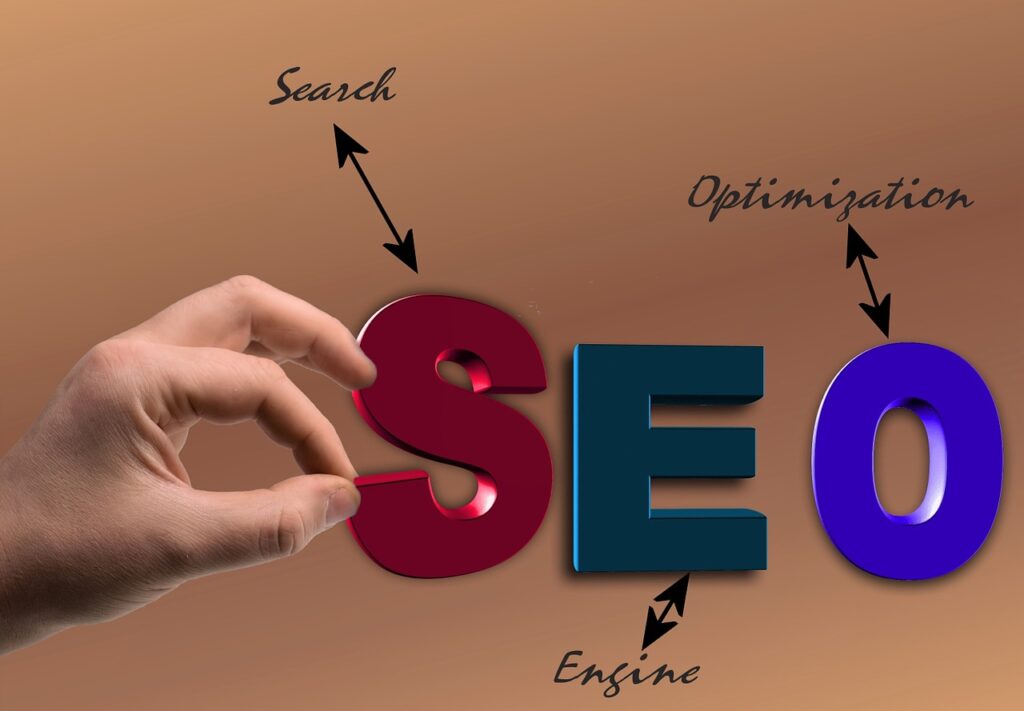Digital marketing is essential for any business looking to reach its target audience and increase its online presence. Two of the most popular digital marketing strategies are search engine optimization (SEO) and pay-per-click advertising (PPC). In this article, we will explore the differences between SEO and PPC and help you determine which one is better for your business.
SEO is the process of optimizing your website to increase its visibility and rank higher in search engine results pages (SERPs) for specific keywords.
PPC is a form of digital advertising where businesses pay each time someone clicks on one of their ads. The most popular platform for PPC advertising is Google Ads, but other platforms such as Bing Ads and Facebook Ads also offer PPC advertising.
SEO vs. PPC: Pros and Cons
When deciding between SEO and PPC, it’s important to consider the advantages and disadvantages of each strategy.
Advantages of SEO
- Long-term benefits: Unlike PPC, SEO efforts can have a long-lasting impact on your website’s visibility and ranking.
- Organic traffic: SEO focuses on improving your website’s visibility in organic search results, which can lead to a significant increase in targeted traffic.
- Cost-effective: While SEO may require an initial investment, it can be cost-effective in the long run, as you don’t have to pay for every click like you do with PPC.
- Credibility: Websites that rank higher in organic search results are often seen as more credible and trustworthy by users.
- High ROI: SEO can provide a high return on investment (ROI) over time as you continue to rank higher in search results.
Disadvantages of SEO
- Slow results: SEO can take time to see results, as it can take several months for your website to rank higher in search results.
- Competitive: SEO can be highly competitive, especially for popular keywords in your industry.
- Requires technical skills: SEO involves technical skills such as website optimization, content creation, and link building.
- Constant algorithm updates: Search engine algorithms are constantly changing, which can require ongoing updates to your SEO strategy.
- No guaranteed results: There is no guarantee that your SEO efforts will result in higher rankings or increased traffic.
Advantages of PPC
- Immediate results: PPC advertising can provide immediate results, as your ads can appear at the top of search results as soon as your campaign is launched.
- Targeted traffic: PPC allows you to target specific audiences based on factors such as location, interests, and demographics.
- Control over budget: With PPC, you have control over how much you spend on advertising.
- Easy to measure: PPC campaigns are easy to track and measure, allowing you to see exactly how much you’re spending and what results you’re getting.
- Flexible: PPC allows you to adjust your campaigns as needed, based on the results you’re seeing.
Disadvantages of PPC
- Expensive: PPC can be costly, especially for competitive keywords and industries.
- Can be complex: PPC campaigns can be complex and require ongoing optimization to ensure the best results.
- Requires ongoing optimization: PPC campaigns require ongoing optimization to ensure that your ads are targeting the right audience and delivering the best results.
- Ad blindness: Users may become blind to ads over time, reducing the effectiveness of your campaigns.
- Limited to the budget: Your PPC campaign’s success is limited by your budget, which may not be enough to achieve the desired results.
SEO Strategy
To create a successful SEO strategy, there are several steps you can take:
Keyword Research: Identify the keywords and phrases that your target audience is searching for and optimize your website accordingly.
On-page Optimization: Optimize your website’s content, headings, images, and meta descriptions to improve its relevance to your target keywords.
Technical SEO: Ensure that your website is structured and coded in a way that makes it easy for search engines to crawl and index your content.
Content Marketing: Create high-quality, relevant content that engages your target audience and encourages them to share and link to your website.
Link Building: Build high-quality backlinks to your website from other reputable websites in your industry.
Monitoring and Analytics: Monitor your website’s ranking and traffic, and use analytics tools to gain insights into your audience’s behavior and preferences.
PPC Strategy
To create a successful PPC strategy, there are several steps you can take:
Define Goals: Identify your specific goals for your PPC campaign, such as increasing website traffic, generating leads, or driving sales.
Keyword Research: Identify the keywords and phrases that your target audience is searching for and create campaigns around those keywords.
Ad Creation: Create compelling ad copy and visuals that will entice your target audience to click on your ads.
Landing Pages: Create landing pages that are optimized for the specific keywords and ad copy used in your campaigns.
Set Budget and Bids: Determine your budget for your campaigns and set bids for each keyword based on its competitiveness and potential ROI.
Monitor and Optimize: Continuously monitor your campaigns’ performance and make adjustments as needed to improve their effectiveness and ROI.
Conclusion
When it comes to choosing between SEO and PPC, there is no one-size-fits-all answer. Both strategies have their own unique advantages and disadvantages, and the best approach will depend on your specific goals, budget, and resources.
Ideally, a balanced approach that includes both SEO and PPC can be highly effective, as they work together to increase your website’s visibility and drive targeted traffic to your site.


